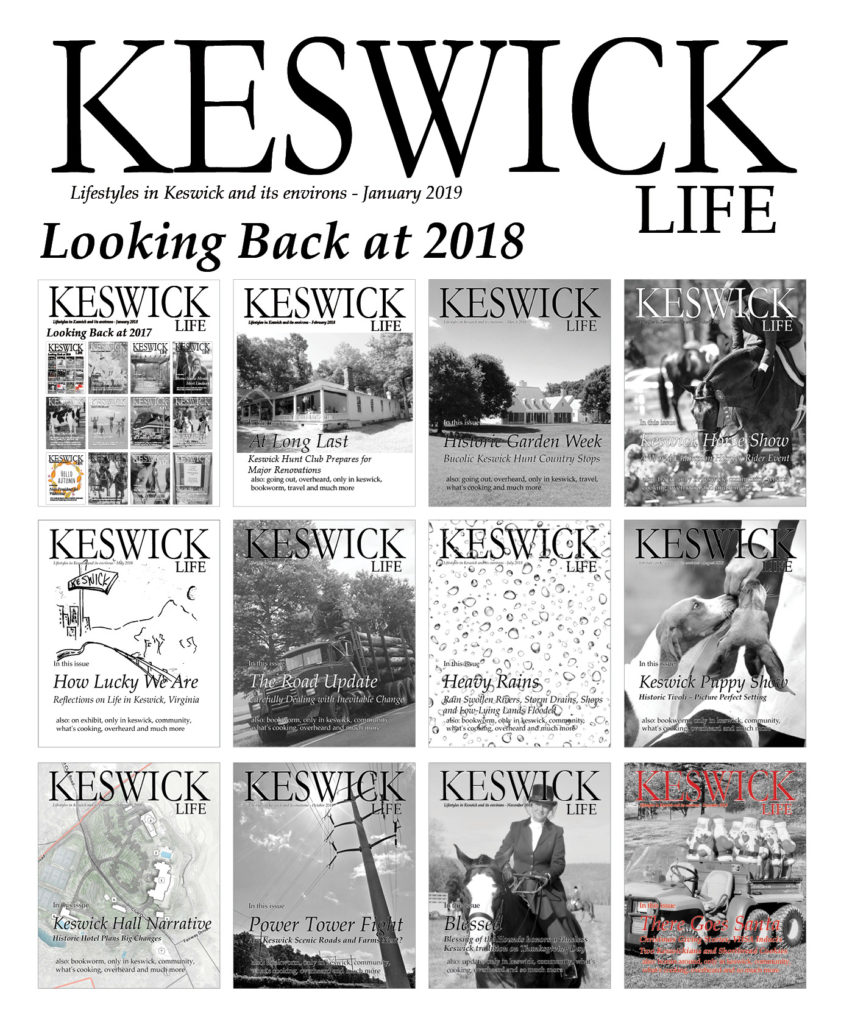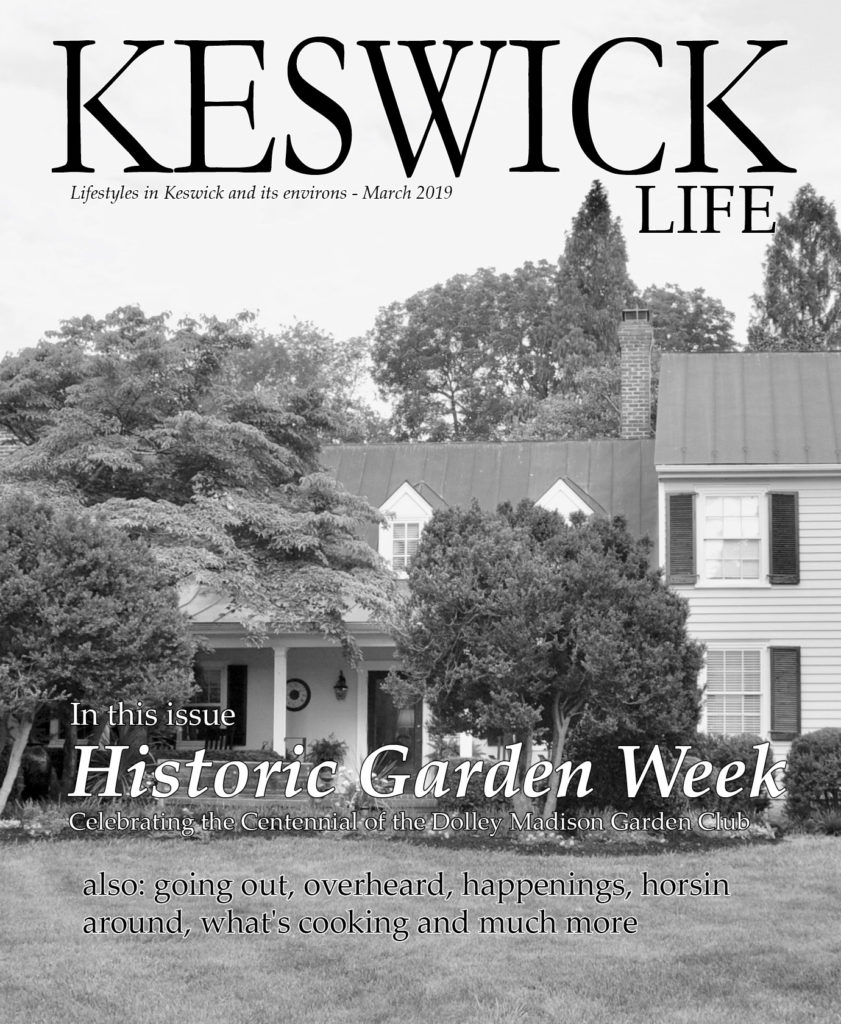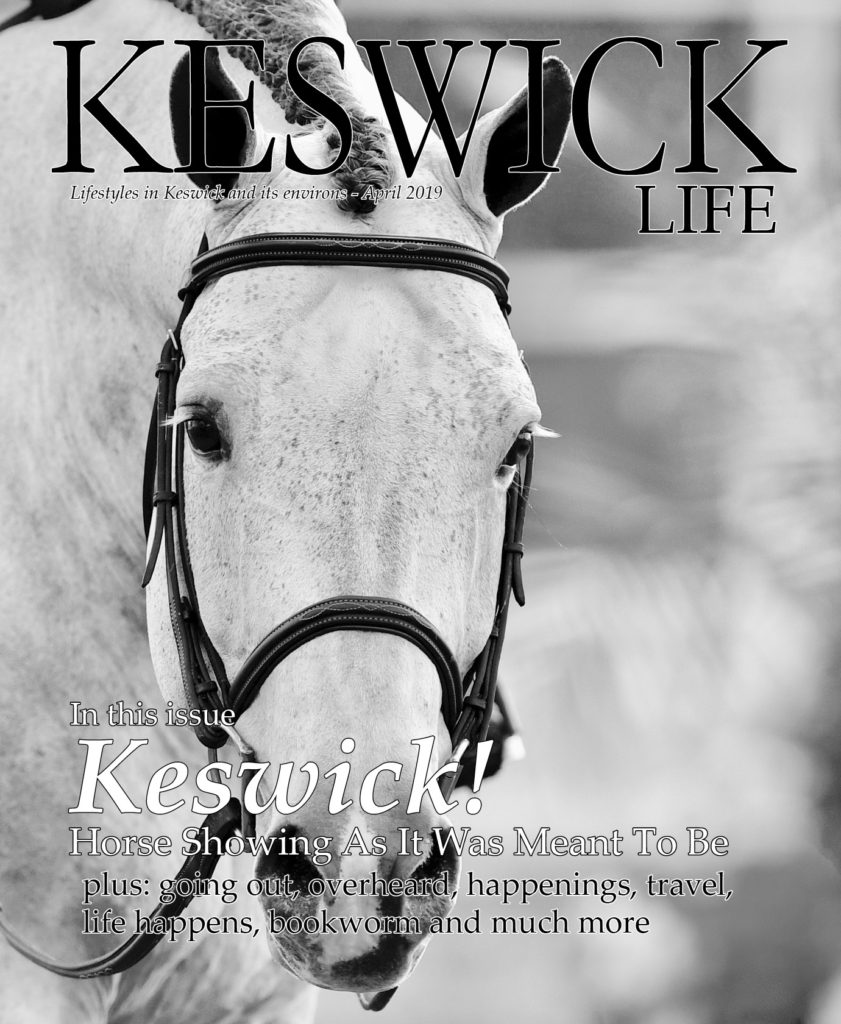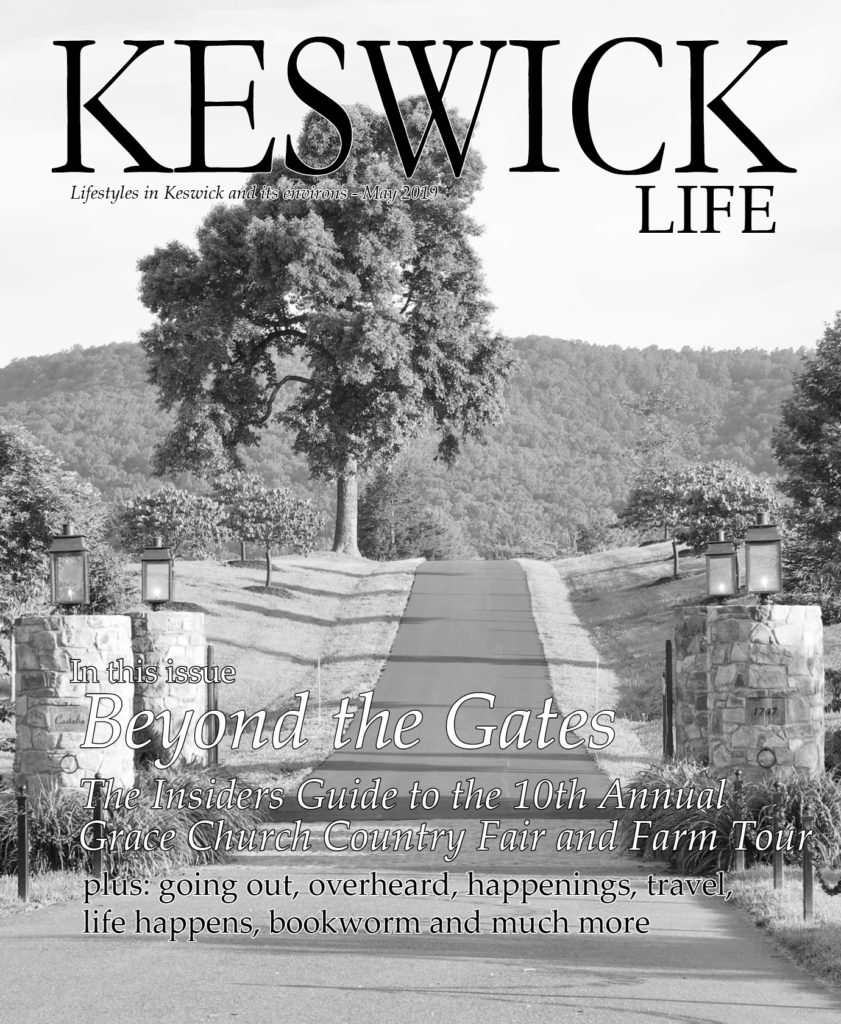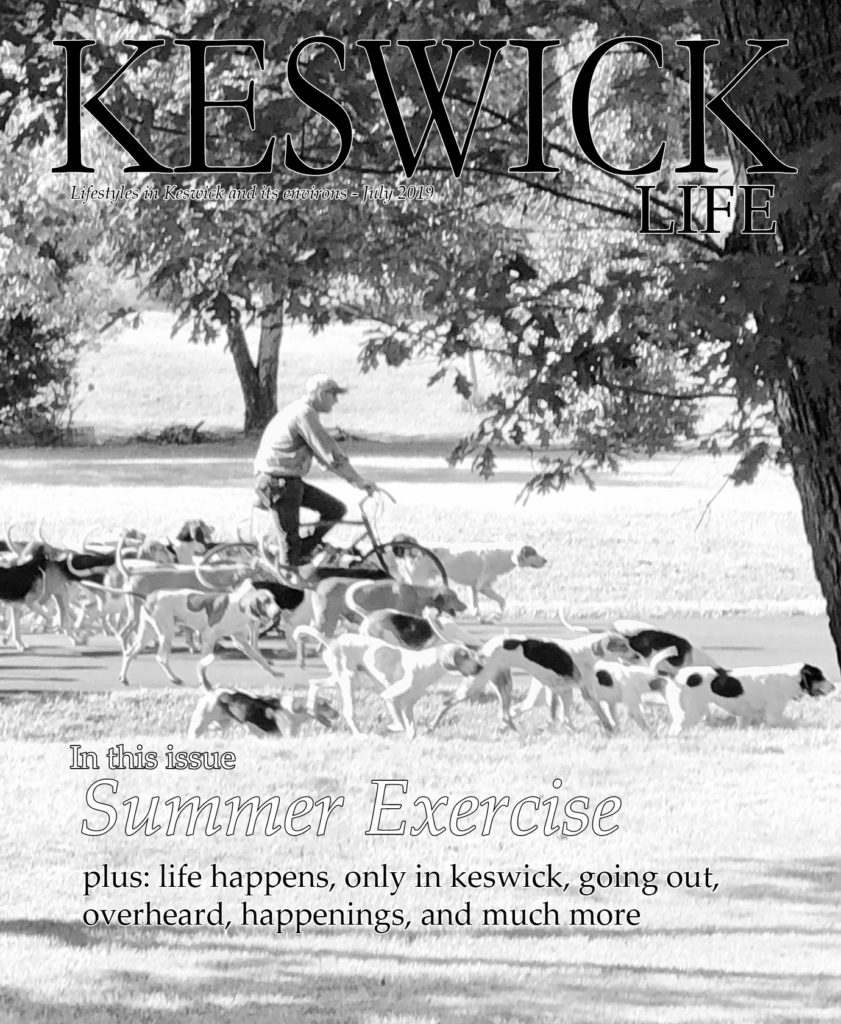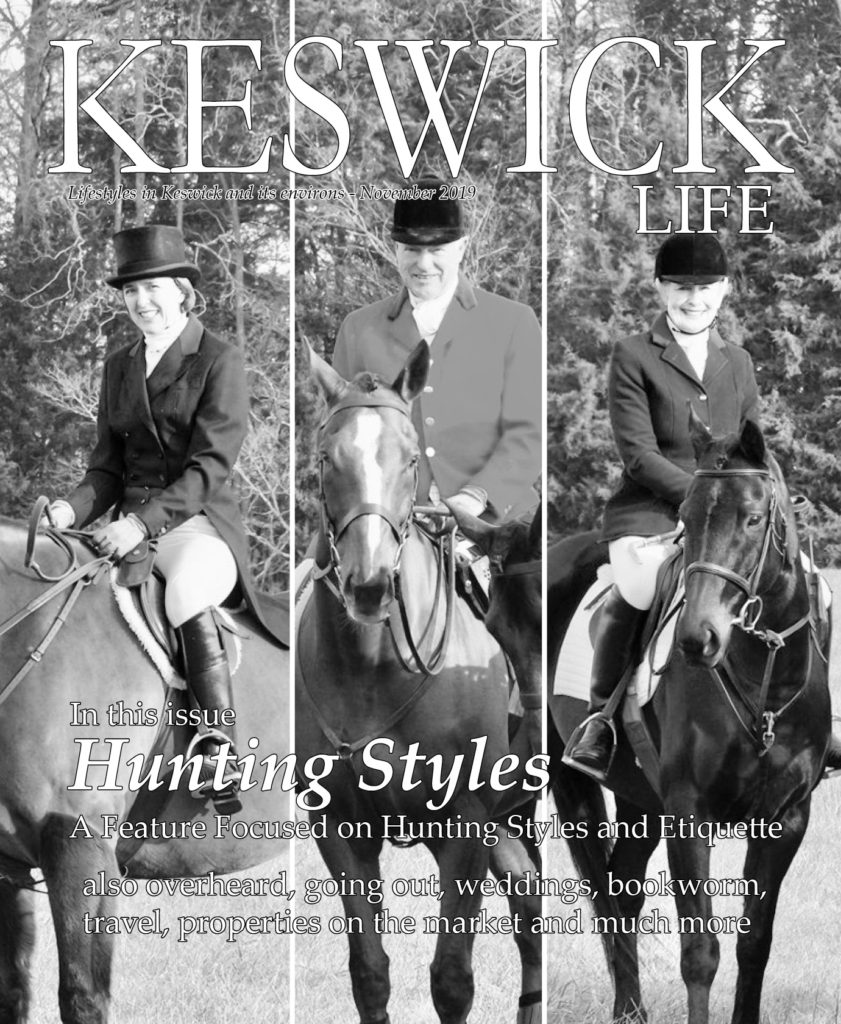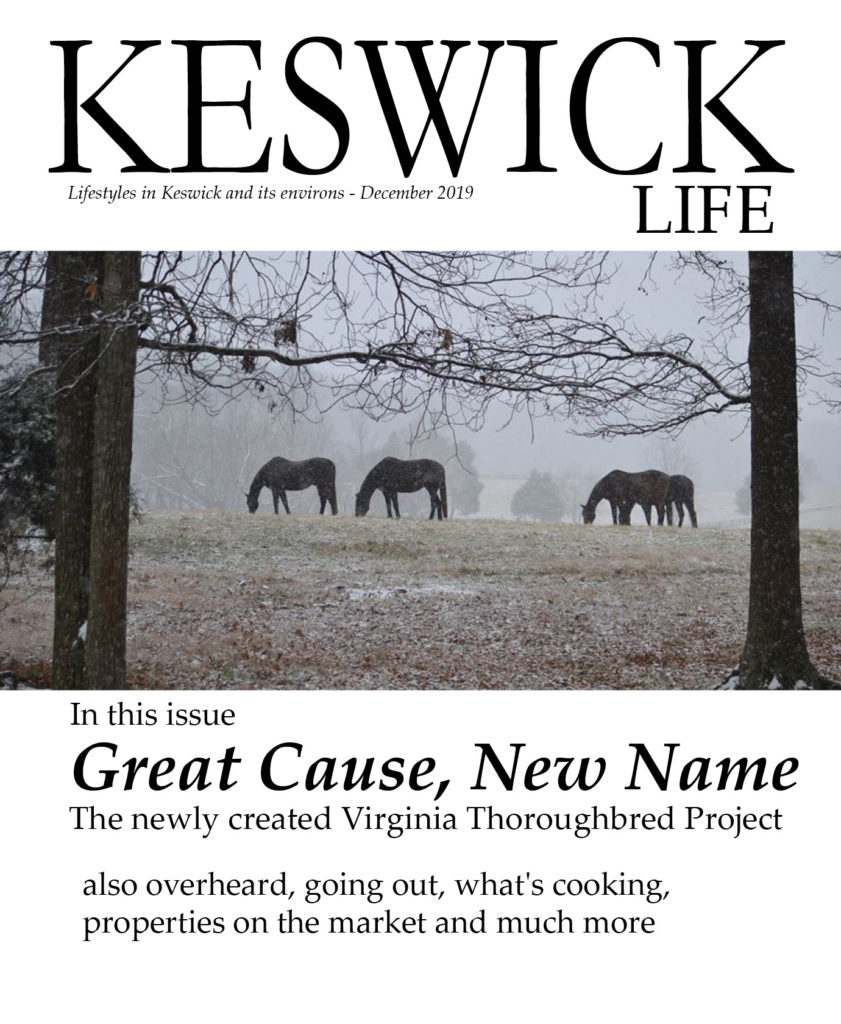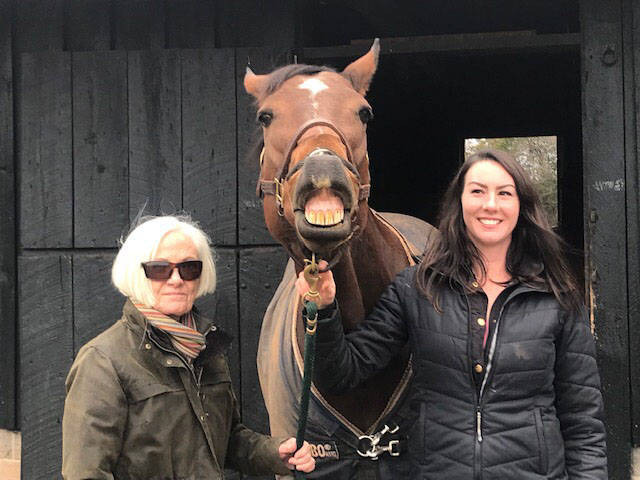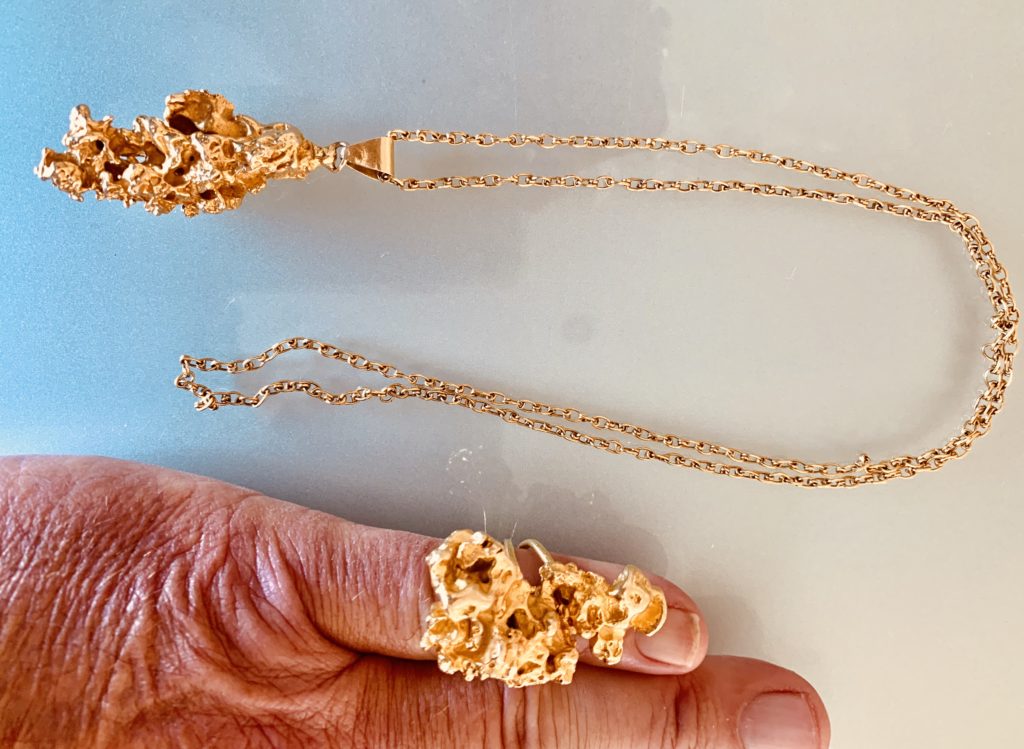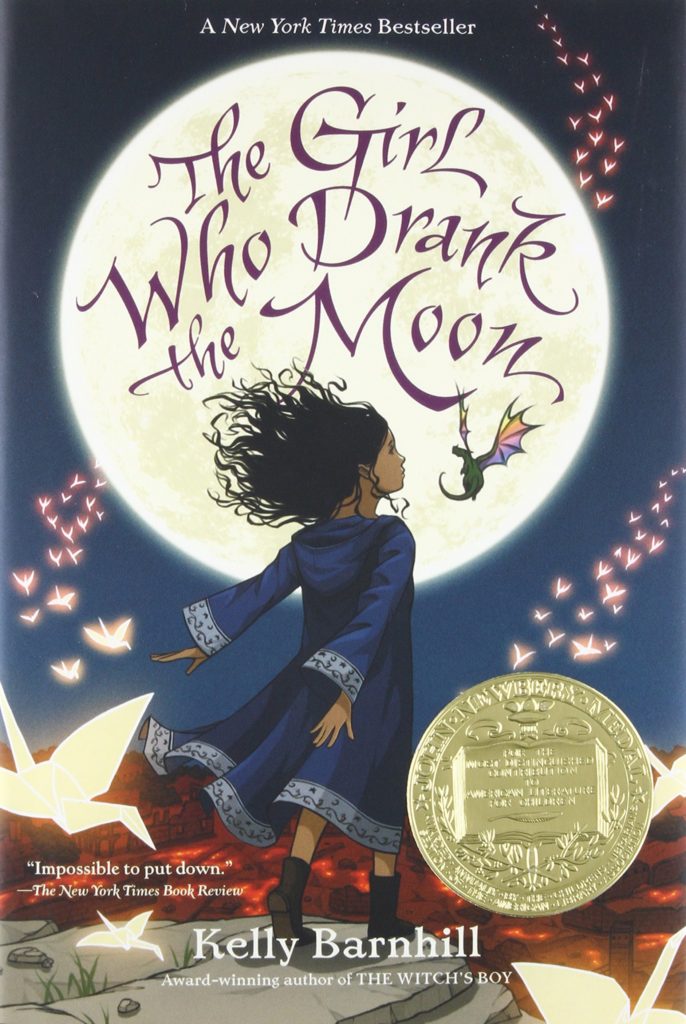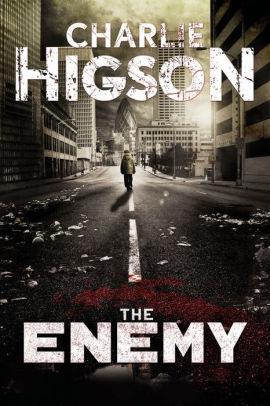By Charles Thacher
I have collected antiquarian angling books for many years. Occasionally, I acquire a book that leads me to discover an author who is fascinating in ways that go far beyond the world of fishing. Henry William Herbert is one such author.
Herbert left England at age 24 and sailed to New York City, arriving in the spring of 1831. He never returned. He was from a prominent, affluent and accomplished English family. His grandfather was an Earl, his father a member of Parliament, later an esteemed clergyman, and a recognized authority in the fields of linguistics, literary composition and botany. Henry William himself had attended one of the best preparatory schools in England, followed by Eton and Cambridge, graduating with a commendable record less than a year before leaving for America.
In the spring of 1858, at age 51, Frank Forester, who could rightfully be described as the first sporting writer in America, sent a written invitation to his friends to come to his suite at the Stevens House, a fashionable New York City hotel. The invitation asked them to join him for dinner, and then to watch him shoot himself. Only one person showed up for the unusual event. After imbibing much, Forester left the dining table, went into another room, pointed a pistol at his heart, and shot himself. He staggered out, said to his guest “I told you I would do it”, and immediately expired. Forester died penniless, but an admirer of his many talents started a campaign to raise money for a gravestone to be placed in the New Jersey cemetery where he was buried. The effort produced a total of only $1.00, providing evidence of how few friends he had left at the time of his death. Eighteen years later a literary club formed in his honor placed a simple gravestone over his burial site, which remains there today. On it, his life is summarized with a single obscure Latin word, “Infelicissimus”. How tragic that a life full of remarkable productivity and accomplishment would be encapsulated simply as “unhappy.”
How did life turn out so badly for Herbert, why did he become Frank Forester, and what is his modern legacy? The answers to these questions tell an intriguing story, full of twists and turns.
In England, young Henry William had spent many days in the field with his father, gathering plant specimens, riding behind the hounds, and shooting. He also became an accomplished scholar, particularly of Greco-Roman literature and English classics. He was second in line for the family earldom, which was not a remote possibility given the risky personal behavior of his cousin who preceded him.
So why would such a promising and well situated young man abruptly decide to cross the Atlantic to start a new life? His several biographers haven’t identified a specific event that led to his decision, but there certainly was trouble in paradise. Henry William carried on a very expensive lifestyle in England that included upscale vacations, the acquisition and maintenance of many horses, sartorial elegance, high-end food and wines, gambling, and memberships in prestigious clubs. To afford these costly proclivities, he accumulated significant debts which caused him, as he told his friends many years later, to declare bankruptcy, and leading him to flee both creditors and his father’s wrath. But, as biographer William Hunt notes, there is no public record of his bankruptcies, and his father not only ultimately paid his debts, but also gave him letters of introduction to persons in Canada and, later, sent him money, so he could establish a successful life in the U.S. That does not hint at a young man who he had been disowned. Rather, Hunt surmises “The reason lies deeper, and we sense an offense against the rigorous social code, of his class, an offense that no paternal settlement could clear.” Herbert did make a brief trip to Canada, but found little of interest, and returned to the New York environs for the remainder of his life.
New York, in 1831, was the ideal place for Herbert to start over. With a population of 200,000 and growing rapidly. primarily from an influx of immigrants, it was already the largest city in the Nation (by comparison, London’s population then was over 1.5 million), and was fast becoming the center of American commerce after completion of the Erie Canal in 1827, which allowed ships coming into New York harbor to transport their cargos all the way to the Great Lakes. The printing and publishing industry was booming, with new magazines and newspapers starting nearly every month. Although the English were among the least popular of all immigrant groups, due to lingering memories of the War of 1812 and their perceived condescending attitude toward American culture and values, Herbert had the right training and talents to succeed. His haughtiness and frequently obnoxious temperament made it difficult to acquire and retain friends, but fortunately he met Anson Livingston, a well-heeled and connected young man who shared Herbert’s love of horses, field sports and various cultural interests. Through Livingston, Herbert was introduced to the hoity-toity set around town, which helped him secure a position teaching Greek at the Huddart Academy – an elite school – where he taught successfully for eight years. Livingston remained a lifelong friend, and was that person who joined Herbert for his final dinner.
Herbert didn’t earn enough from teaching to support his desired life style. He had great energy, both mental and physical, so he began looking for other remunerative activities. In 1833 he and a partner started the American Monthly Magazine, which he co-edited until 1835, when the partners separated because of disagreements. It was the first of his many relationships that failed, often due to his irascible temperament and uncompromising attitudes. In 1834, he produced his first book, The Brothers, a Tale of the Fronde, an historical novel in the style of Sir Walter Scott (as were many of his romantic historical novels). It was favorably received by critics, but was not a great commercial success. Herbert continued to write prodigiously, ultimately producing 51 original works (novels, histories, instructional manuals and compilations), 15 translations (from Greek, Latin and French), 9 books that he edited, 21 books to which he contributed, 11 anonymous books that are generally attributed to him, and hundreds of articles for newspapers, journals and magazines. Herbert was a polymath, and as a demonstration of the breadth of his knowledge, he is listed as a contributor to the first edition of The New American Cyclopedia, and credited with entries on dozens of diverse and unrelated subjects. He also became a skilled artist and engraver – illustrating many of his books. Herbert was an accomplished rider and trainer of horses, and some Keswickians might be interested in his 1857 publication, Horse and Horsemanship.
Herbert is a bibliographer’s nightmare, as many of his shorter articles and sections from works were re-used in other works. This practice was particularly irritating to his editors and publishers, because they could not be sure if a script was wholly original. He was also a serial procrastinator, regularly missing deadlines, resulting in his having to frequently change publishers and their refusing to risk giving him an advance for his writing commitments. He always lived beyond his means, and was constantly in debt, which ultimately contributed to his demise. But, his talents continue to be recognized by scholars, such as noted 20th Century American historian, Chester Starr who wrote that “as a classical scholar he had few equals in the United States . . . his knowledge of English history and literature was extensive; he was a pen-and-ink artist of marked ability.” Conversely, a more famous contemporary, Edgar Alan Poe, opined that Herbert’s writing was “not unapt to fall into pompous grandiloquence” and at times was “woefully turgid”, perhaps primarily to demonstrate that he, Poe, could compete with his own bloviated prose.
When Herbert arrived in New York, writing about sports in America had just begun, with the advent of The American Turf Register and Sporting Magazine in 1829. In the Angler’s Souvenir, published in 1835 in England (where angling literature had existed since the late 15th Century), a dialogue between Fisher, the author, and another angler satirized the state of the art among Americans (sometimes satirically called Brother Jonathans):
‘Simpson: ‘Have you ever seen any American books on angling, Fisher?
‘Fisher: ‘No. I do not think there are any published. Brother Jonathan is not yet sufficiently civilized to produce anything original on the gentle art.’
In 1839, Herbert was asked to write a series of articles on field sports for The Turf Register. He considered sporting activities to be a frivolous subject, so he adopted the pen name “Frank Forester” solely for his writing on sports, to protect his reputation as a serious author. Ultimately, he wrote six books about field sports. Ironically, frivolous has trumped literary, and today his books and articles on sports continue to be well known, while his other works have faded into obscurity. His first sporting book, published in 1845, was The Warwick Woodlands, a hunting novel that gained great popularity, and which many critics consider his best work. He produced two books on angling, but short pieces on angling were included in several of his other books, and in numerous compilations and magazines.
The first American Edition of Izaak Walton‘s classic The Complete Angler (American spelling) was published in 1847. In this highly-acclaimed Edition, the only writing other than by Walton and the Editor, is an appended 10-page article by Forester entitled Trout-Fishing on Long Island. Although this seems to be an odd inclusion, it serves as a confirmation of Forester’s prestige and popularity as a sporting writer at the time. The closing paragraph of this article provides some insight into the often arrogant Author’s capacity for specious humility:
And here I will bring the over-long paper to a close. No one can be more fully aware of its deficiencies than I am myself; the only apology I can offer is, that it has been thrown off in haste, at moments snatched from severer labors; and the only hope that I do offer it, is that it may contain some hint which may prove not wholly unworthy of better brothers of the angle than myself and that it may be regarded as a tribute of my affection to what has been well termed the gentle art.
Forester was the first American sporting writer to encourage conservation of resources and protection of the environment. In his writing, “catch and release” fishing is promoted long before other anglers grasped its importance, or the term even existed.
In 1839, while on a hunting trip in Maine, Forester met an attractive, well-born young lady, Sarah Barker. He was immediately smitten. They married and returned to New York shortly thereafter. In 1841 they had a son, then a daughter in 1843. The second birth left Sarah very ill, and eight months later she died, followed in another six months by her daughter’s death. The son was sent to England in 1845 to be cared for by Forester’s family, and he never returned. Although the marriage had been challenging due to Forester’s difficult temperament and his wife’s fragility, he had loved her, and was disconsolate over his loss. His father in England was sympathetic, and sent him funds for use in acquiring a property, which he did, on a river near Newark, New Jersey, the only American state that at the time allowed non-citizens to own property. There he built The Cedars, a house where he lived for most of the time until his death.
Forester rarely had visitors at The Cedars and wrote prolifically and well while there. Even though his income from writing was favorable, and when he was at home he lived like a hermit, and continued to spend beyond his means on his occasional sporting activities, fine hotels, expensive sporting equipment, and other luxuries. Most of his friends gradually drifted away, and his disputes with publishers and others grew more frequent and irrational. He became heavily indebted to an unethical money-lender. In 1858, he met Adela Budlong while in New York. He was infatuated, and they quickly married. He brought her to The Cedars, she reacted negatively to the dull life she found there, and soon they were quarrelling frequently. One morning, a few months after their marriage, she left The Cedars to visit some friends, with the agreement that they would meet up again in a few days at the Stevens House in New York City to bury the past, and rekindle their relationship. Forester rented the room and waited for her to arrive. When she didn’t show up on the agreed day, he began searching for her. Then he received a package of divorce papers from Indiana, over 700 miles away. Distraught over that, the pressure of his debts, and his unhappiness with every other aspect of his life, he sent the foreboding invitations to his few friends, and made plans for his denouement.
Among Forester’s best-known angling writing is a story Among the Mountains from a compilation of works published after his death called Fugitive Sporting Sketches. Here, he is visiting a friend who is guiding him in pursuit of a large trout. He refers to himself in the third person, and demonstrates that, for him, some trout are too impressive to practice catch and release:
At the moment they were there; and lo! The big trout was feeding fiercely on the natural fly. “Be ready, Frank, and when next he rises drop your fly right in the middle of his bell. Be easy, I mean it.”
The snipe feather fell and fluttered. With an arrowy rush, the monster rose, and his broad tail showed above the surface, the merry music of the resonant click-reel told that Frank had him. Well struck, he was better played, killed unexceptionally; in thirteen minutes he lay fluttering on the greensward, lacking four ounces, a six-pounder. The snipe feather and mouse body won the day in a canter. So off they started, up the Stony Brook, to admire the feats of {their friend}. It was not long ere they found him; he had reached the lower waters of the brook, full of beautiful scours, eddies, whirlpools and basins, wading about knee deep with his bait….Some trees on the bank hung thickly over his head; a few yards behind him was a pretty cascade and above that an open upland glade, lighted up by a gleam of the westering sun; and, altogether with his gay garb, he presented quite a picturesque, if not very sportsmanly, appearance….
A mind that could rejoice in the illuminated beauty of the natural world, but succumb to the darkness within. Enigmatic indeed.






